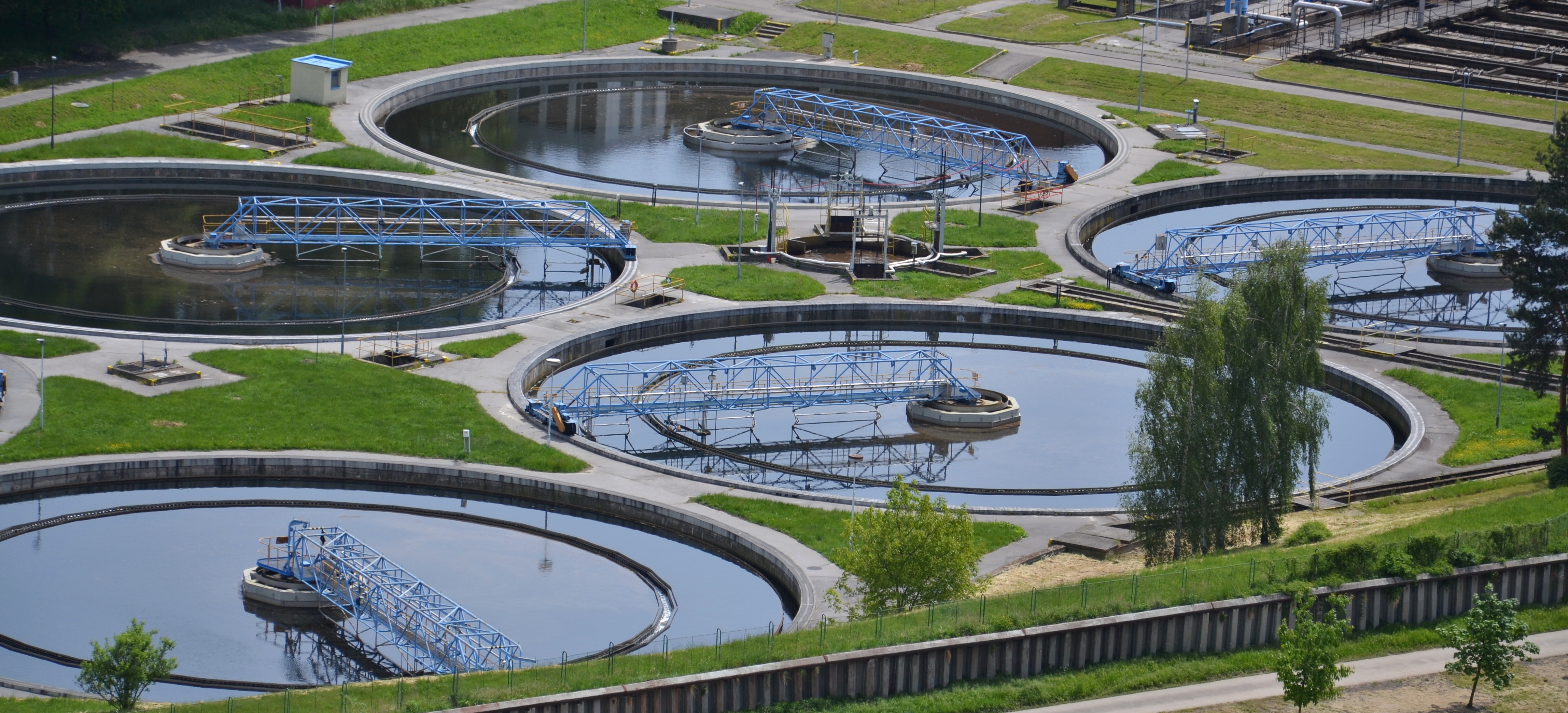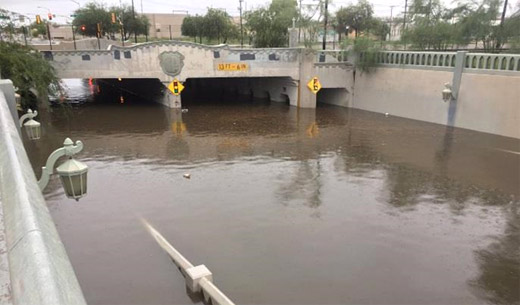Come Hell or High Water: Understanding Texas’ Water Problem
This is Part One of a two-part series on "One Water." Part One looks at the water problems that Texas faces. Part Two will examine solutions to these problems.

I don’t know about you, but I don’t want to live in a Texas where it’s easier to find a 10-gallon hat than 10 gallons of safe drinking water. While hyperbolic, it’s not a huge jump given what we know about our state’s water supply. In the coming years, the demand is expected to outstrip supply, leaving us with a 9-million-acre foot shortage by 2070. I’ll say that another way: if every inch of Dallas County were covered in 15 feet of water, that’s how much water we’ll be lacking to sustain ourselves, our economies, and our environment in the future—and water is a finite resource.
It’s time for us to get creative.
What’s been clear for a while now, to The Nature Conservancy, the Cynthia and George Mitchell Foundation, and many other leaders in the sustainability sandbox: we must coalesce around the problem of water before we can figure out how to solve its related challenges. We simply can’t build a path to the future without a clear understanding of how we got to where we are now.
Let’s put this in context.
Texas is getting crowded. With 85 percent of our population already living in metropolitan areas, Texas continues to urbanize, which creates commonplace but severe water challenges for us all. And it’s important to remember that the water we have now is all the water we’ll ever have. Folks aren’t moving into our cities with suitcases of H2O in tow.
Right now, about 60 percent of Texas’ water supply is used for agriculture and irrigation, leaving only 40 percent of our supply to do the heavy lifting for everything else—whether that’s servicing our cities, powering our energy sources, supporting our manufacturing needs, or simply keeping our ecosystems healthy and functioning. And as our cities expand, the math gets trickier.
An expanding population equates to higher water usage across the board, with an especially large jump related to municipal water demand. In Texas—a state that’s growing faster than any other—water shortages are projected to begin as early as 2020. And these projections don’t factor in the severe drought and catastrophic flooding that, without warning, can tax our water supply to its limits.
Yes, I’m talking about climate change. Just as our demand for water skyrockets, more frequent and intense weather events bring added uncertainty to the sustainability and quality of our supply.
Consider this: in the last year, the city of Austin lost its ability to effectively treat drinking water for residents for nearly a week because historic flooding poured unprecedented amounts of dirt, silt, and debris into the Highland Lakes, the source of the city’s water supply. This is not a phenomenon you’d expect in a city within a first-world country that continually ranks “Best Of” for living, retiring, or the like—however, this is our reality.
And then there’s Houston: a city that’s still recovering—structurally, financially, and emotionally—from 2017’s Hurricane Harvey, which dropped 50+ inches of rain, devastating flooding, and winds and storm surge to the Texas Gulf region. In its aftermath, floodwaters compromised drinking water reservoirs and hundreds of boil-water notices were implemented across the greater Houston region.

These examples show us that we have both water quantity and water quality problems.
Together, these issues have led to a water crisis that looks near insurmountable, and they’ve created expansive and expensive chain reactions that illustrate how intrinsically connected water is to everything else.
Let’s use the Colorado River as an example.
With headwaters that begin in northwest Texas, the Colorado river flows southeast toward the Gulf. And as the flows make their way to Matagorda Bay (a large Gulf of Mexico estuary bay on the Texas coast, approximately 80 miles northeast of Corpus Christi), the waters support literally all aspects of life—our communities, our economies, our industries, our environment, and our lives as water-loving Texans.
But the truth is that we’re loving our waters to death.
As more and more of the Colorado River’s water supply is diverted to municipalities, manufacturing and power plants, and farms and ranches for irrigation, less and less of these vital flows are allowed to reach the finish line at Matagorda Bay, where the river has long-nourished an environmentally sensitive system of bays and estuaries, and the marine and wildlife that thrive there.
For background, Matagorda Bay is one of Texas’ most productive fisheries for blue crabs, oysters and shrimp; and the larger Matagorda County sits smack dab in the middle of the “Central Flyway,” a migratory hotspot for birds wintering along the coast. When we think of the fishing and tourism industries that hinge on the vitality of these flows, we’re better able to understand the true interconnectedness of the water problem and what it means from both an ecological and economic standpoint.
And the repercussions don’t end at the state border of Texas. The health of these bays and the Gulf matter both to the region and nationwide. The Gulf of Mexico is responsible for more than $2 trillion of U.S. annual GDP. It produces more than 40 percent of the nation’s seafood, and it provides habitat for some 15,000 species, 52 of which are endangered or threatened. It’s safe to say that getting it right here is critical.
This story repeats itself around the globe. Forget shortages—some cities are in danger of running out of water entirely. Take a look at the water issues that Cape Town, Mexico Cityand Chennai are facing. In each instance, the systemic water problems are affecting dramatic impact to every facet of modern life.
If we know anything, it’s that our water crisis is an economic crisis, a public health crisis, a wildlife crisis—the list goes on. And we’ll be hard pressed to solve the planet’s biggest problems without first solving the problem of water.
The good news? People care about their water and there are innovative solutions at play that can be both scaled and sustained across communities in Texas and around the world. Stay tuned for more on this.
Laura Huffman is regional director of The Nature Conservancy in Texas. She heads a statewide team of scientists, conservation experts, and support staff whose work protects the integrity of Texas’ vast natural resources and most iconic landscapes. Huffman is also chair of the North America Cities Committee. Prior to TNC, she served as assistant city manager for the City of Austin and as deputy city manager for the city of San Marcos (Texas).
She serves as board chair for the Texas League of Conservation Voters, an ECO Advisory Board member for South by Southwest, and as an adjunct professor of Resilient Cities at New York University. She earned a master’s degree from the University of Texas at Austin and a B.S. from Texas A&M University.
To visit The Nature Conservancy's Texas website, click Nature.org/Texas.

Hide Full Index
Show Full Index
View All Blog Posts